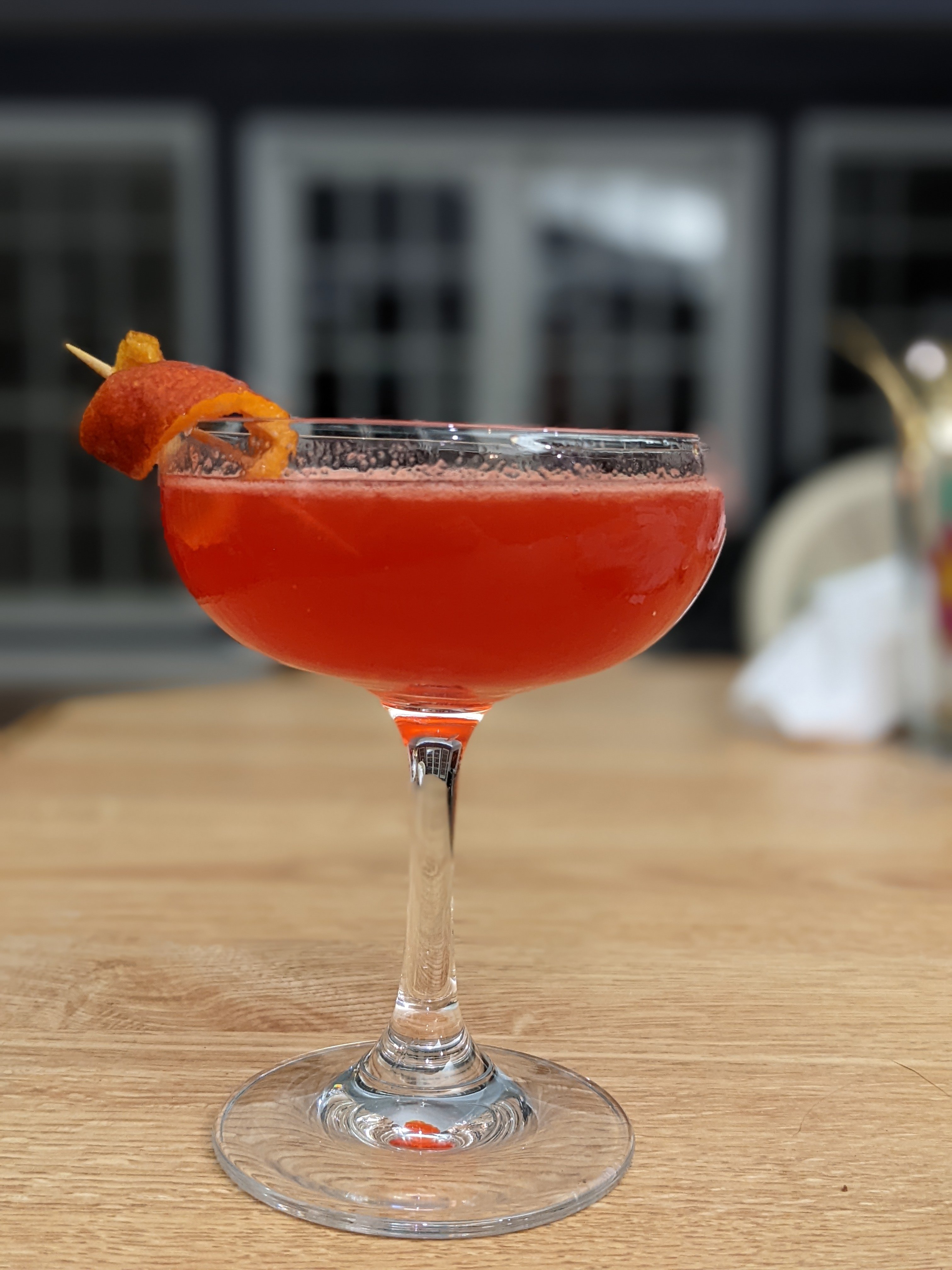

Is there another kind of table?


Is there another kind of table?


That’s the possibly apocryphal origin story of Spanish tapas, too: a slice of bread to cover the wine glass between sips (hence the name “tapa,” which means a “cover”), then a few things to dress up that slice of bread, maybe a piece of meat or cheese. So traditionally a single tapa is served for each glass of wine you order.


If you’re accommodating another group of people you should produce enough to always feed them, too, not just sometimes in surplus years. The whole point is that you’ve gotta plan for a surplus, otherwise you risk starvation in bad years (and it doesn’t make it any better, morally, if the people who bear the risk of starving are “another group or people”).


how does waste prevent a shortage from becoming a famine ?
Making the expected production a higher number than the expected need will give the headroom necessary to deal with a shortage without people starving.
If you’re aiming to produce food for a population of 100,000, but have the capacity to make food for 200,000, then you can afford to waste half of your food without starvation. You can also accommodate a 50% drop in production without starvation.
So that buffer is expected waste, but it’s also starvation resistance.


Late to this thread, but I’ve found that it goes well with fresh watermelon, muddled mint, and lime. Play around with the sugar/acid/alcohol ratios that you like, and find something that works. I usually do:
2 oz Singani
1 oz lime juice
4 oz watermelon juice
0.5 oz simple syrup
2 to 6 muddled mint leaves
I find that when I use fresh juice, I can get good texture if I shake it, even without egg white or other foaming agent.
I usually serve in a Collins glass with ice, but sometimes I’ll serve up in a coupe or Nick and Nora glass.
A lot of young people don’t realize just how difficult post-school dating was before online dating. Once we exhausted the pool of 5-10 single people who were friends of friends, that was basically it. We’d have to go find strangers at the bar.
That conditioned everyone to be slightly more willing to settle for less perfect matches, knowing that there wasn’t necessarily a replacement available. That could be a good thing (people more likely to have the patience to let a spark develop) or a bad thing (a higher percentage of couples who just resented each other).
I can see an argument that things were better before online dating for some subset of people. But having lived that period, I can say from experience that it wasn’t easy then, either. And for someone like me, who is a better writer than I am a speaker, especially over the phone, the rise of text-based communication was helpful for navigating the early stages of relationships when that became the norm.